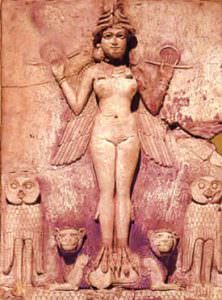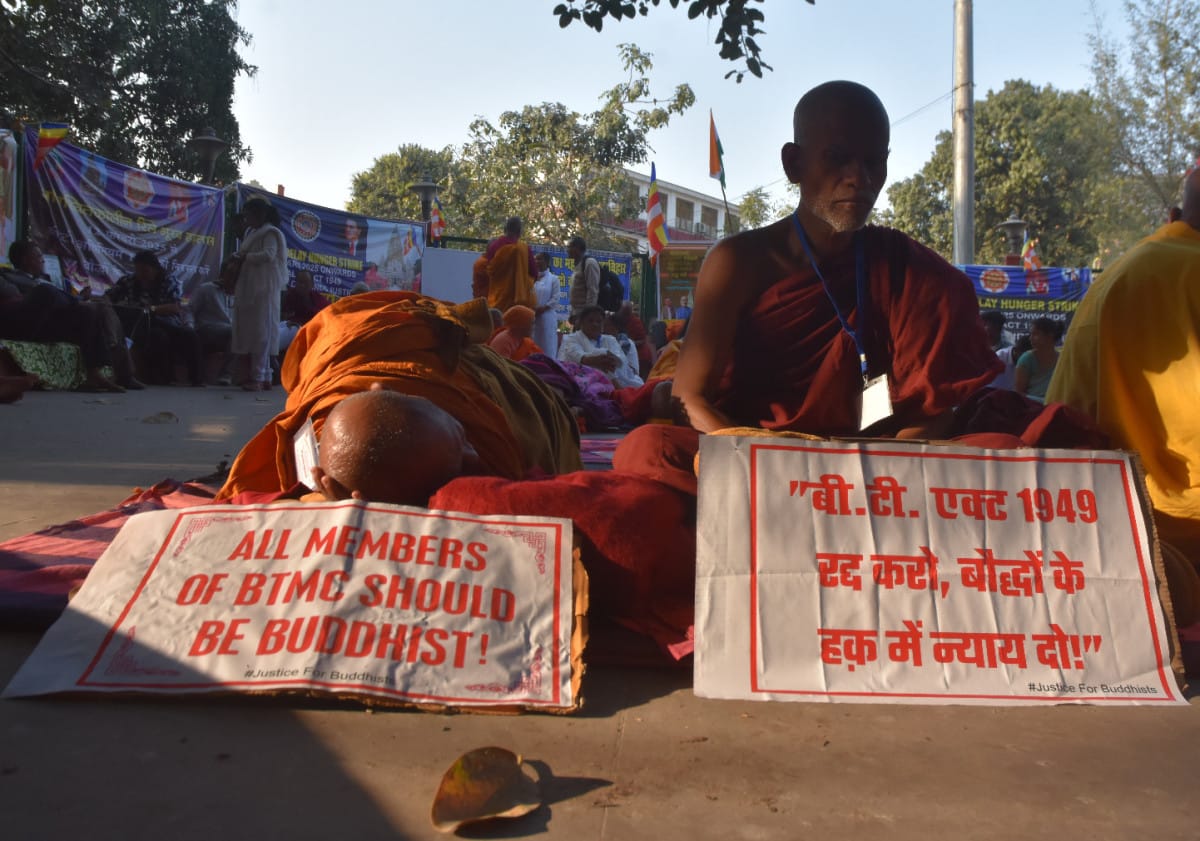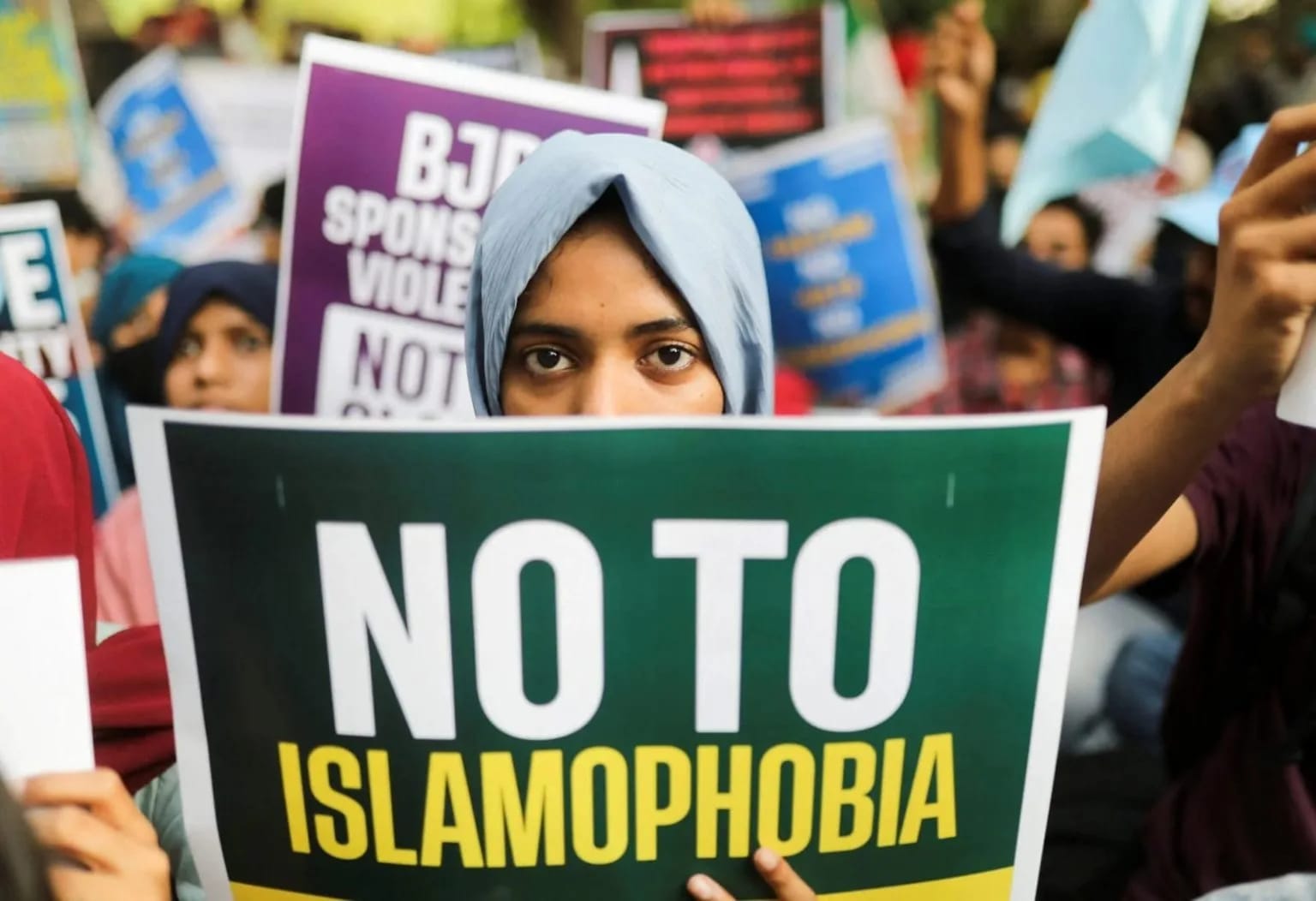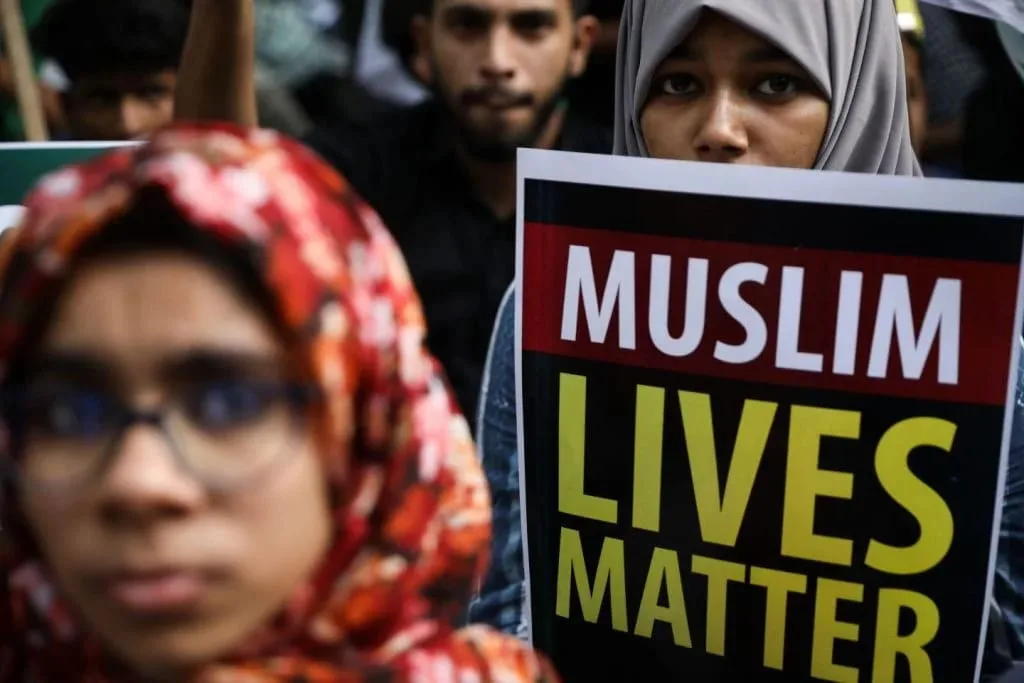The role of religion in strengthening patriarchy in society is all too obvious. To state that religion is the most potent force and the most important nurturing factor behind patriarchy would not be an exaggeration. Columnist Katha Politt has suggested in ‘Free Inquiry‘, a publication of the Council for Secular Humanism, that religion is the ‘original‘ rule book of patriarchy. Indeed, if patriarchy is the social normal, it is largely because it derives its legitimacy from religion, the most important rule book pertaining to societal do’s-and-don’ts in any community.
Almost all organised religions propagate the idea of male superiority. They paint women as physically, mentally, emotionally and sexually inferior to men. The latter get special rights and privileges on account of being ‘naturally’ superior to their female counterparts. For example, in Islam, the right to instantaneous and unilateral divorce is enjoyed only by men. The logic behind denying women the same right, as furnished by some classical jurists, is that ‘the female nature is wanting in rationality and self-control‘. This tendency of ‘patronising’ and ‘guiding’ is not restricted to Islam. Almost all religion and their holy texts advocate domination of females by males and advertise the same as something that is actually beneficial for the former.
According to Genesis 3:16, God told Eve that ‘…the husband will rule over you‘. This was after Adam and Eve consumed the forbidden fruit; a folly for which Eve was categorically held responsible. This is largely taken to mean that God entrusted men with the task to ensure that women do not make such foolish mistakes again. In other words, God charged men with the duty to ‘guide’ and ‘protect’ their wives. Ephesians 5:23 clearly states that husband is the head of the wife.
Hijab, Niqab, veils, sindoor and mangalsutra are all religiously-endorsed tools for showcasing sexual markers
The practice of Sati, or self-immolation by widows on the funeral-pyres of their husbands, thrived for centuries because it was rooted in the belief of futility of a woman’s existence without her husband. Unfortunately, the accompanying social conditions, a handiwork of religious rules and lores, only served to lend some truth to this premise. Though having no direct reference or endorsement in the Hindu scriptures, Sati was largely practised among certain Hindu communities because it conformed to the general idea of an ‘ideal’ wife as epitomised by Goddess Sati who immolated herself because she was unable to bear the humiliation heaped on her husband, Lord Shiva, by her father.
Also Read: The Quran Prescribes Hijab For Men, But Of Course We Only Focus On Women
In almost all organised religions, restrictions exist over a woman’s choices over her body, sexuality, lifestyle, clothes, and just about everything. Sexuality and reproductive rights is especially the problem-area with regard to women. Almost all religions advocate ‘sexual exclusivity’ for women while exonerating men from the same obligation. Hijab, Niqab, veils, sindoor and mangalsutra are all religiously-endorsed tools for showcasing and implying ‘sexual exclusivity’ of women.
Whatever reasons may be cited for the use of these ‘markers’ of sexual exclusivity and whatever arguments given in support of the same, it is but very obvious that the end-motive of the use of these markers is to rein-in and ‘protect’ the sexuality of women. Why, otherwise, in an institution having two people as partners, would only one partner be expected to ‘showcase’ their marital status and, hence, sexual exclusivity. The use of hijab, niqab and other forms of veils to ‘protect’ women from the male gaze and possible sexual ‘misadventures’ is well-documented and much debated. Most religious texts openly discriminate between males and females when it comes to expression of sexuality and sexual desires.
What is alarming is how deeply this religiously-endorsed patriarchy is seeped into the common psyche and behaviour. Incidentally, the Supreme God in all religions is always envisioned as a male. Scriptures are mostly written and interpreted by men who tweak and translate them to suit their own vision of the desirable social-order and preferable gender-dynamics in the same. Religious organisations, spiritual and temporal, are dominated by men and are largely off-limits for women though it is commonly acknowledged that the latter tend to be more religiously and morally inclined and possess the qualities needed for the discharge of duties that these organisations entail.
Orthodox Catholicism forbids women from becoming priests simply because a priest essentially plays the part of Christ and the latter happens to be a male. Also, as per Christian traditions, since Jesus selected only male apostles and did not ordain women, the inclusion of women is not considered desirable. Hence the exclusion of women from priesthood continues. In Islam, women cannot lead prayers as ‘imams’ in mosques and in mixed gatherings. Women can lead prayers in women-only gatherings as is the general pattern in South Asia, thereby, conforming to the policy of segregation as advocated by the Holy Scriptures.
Women priests in Hindu temples are extremely rare because women are ‘biologically’ unfit for the job as menstruating women are deemed impure and unfit for ‘sacred’ duties pertaining to God. This is also the reason why women are denied entry to places of worship when they are menstruating. The fear of divine reprisal prevents women from demanding equal rights in religious affairs and a more egalitarian social-order. They simply accept this discrimination as ‘natural’ and ‘god-ordained’.
Classical jurists believe that female nature lacks rationality and Self-Control and hence women shouldn’t be given equal rights as men
Through generations, women are conditioned to not only accept, but also gladly embrace, the status of a second-class citizen as assigned to them by their respective belief-system. This has a spill-over effect on other social indicators as well. The concept of role of genders in society is very much impacted by such religious underpinnings. Hence women are reduced to socially, economically and spiritually inferior beings whose primary role is procreation. Their natural realm is the home and their duty is that of a home-maker. Such blatant discrimination can only be normalised and ingrained in the common psyche by evoking the name of God.
What is ironical is that most of the organised religions of today were not discriminatory to begin with. In fact many scholars contend that religions were not patriarchal in the early stages of organised life. It is believed that early religions, or more appropriately worship, centred on female Goddesses during prehistoric times. It is believed that prehistoric societies and belief systems were matriarchal, as evident from their feminine-themed iconography.

Image via Mother-God.com
Although there are no conclusive evidence to support this theory—yet there are debates in the academic circle with regard to the significance of these icons, with some believing that it points to a matriarchal belief-system in the said period while others believing that these images of women were actually nothing but prehistoric pornography. There is however, no doubt that women seemed to be revered as the Creator of life during this period, before patriarchy took hold of the narrative and edged out what appears to be, if not matriarchal, then at least an egalitarian belief-structure.
Early Hinduism, too, is believed to be egalitarian. Chapter 10 of the Rig-Veda expounded the idea of feminine energy behind the creation of the universe. Many believe that the advent of Abrahamic religions led to the diminished status of women as far as the religious space is concerned. However, that does not appear to be true.
For example, with the advent of Islam, women came to enjoy a kind of autonomy that was unheard of in the pre-Islamic Arab. In pre-Islamic Arab women were viewed as objects and were constantly humiliated. Karen Armstrong in her book Islam: A short History has pointed out that ‘the women of the first Ummah in Medina took full part in the public life’. It was probably before men moulded the religion to suit their patriarchal leanings. It seems that eventually every religion or organised belief-system was hijacked by vested interests to further their own patriarchal agenda.
Also Read: On Feminism, Religion And Right To Worship
Featured Image Credit: Patriarchal Cathedral Basilica of St. Mark is cathedral church of Archdiocese of Venice, Italy. (Kiev.Victor/Shutterstock)
About the author(s)
Nishat is a probationary deputy collector by profession, an avid reader by choice and a writer by default. She loves tea, music, shopping and travelling – in that order.




